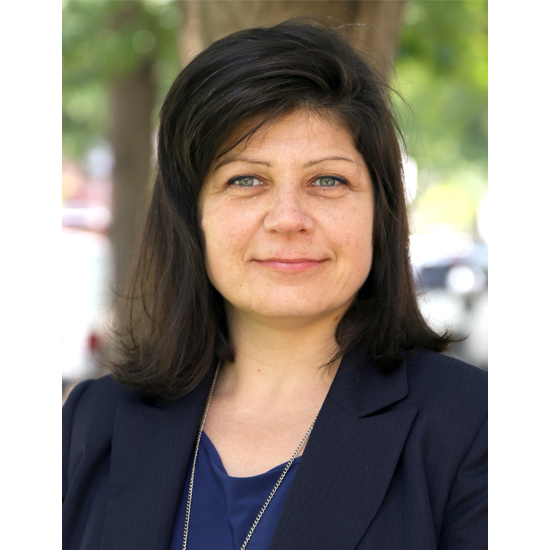
09 Feb HRH2030 Director’s Digest: February 2021
February 2021: Taking Action for the International Year of the Health and Care Workers
Dear Colleagues,
The World Health Organization’s Year of the Health and Care Workers campaign is now officially launched, with objectives and materials available to all of us in the global health and social service sector community. I especially like that the campaign’s main message is a call for action and unity, “Protect. Invest. Together.” This year’s initiative wants to move beyond the applause for the health workforce to tangible actions to invest in all care workers – to deliver safe, quality care always, not just in times of crisis, such as the current COVID-19 pandemic.
A key message of this campaign is that we must invest in the health and social care workforce, which relies on training and continuing professional development, in addition to an enabling work environment, to ensure that they can do their jobs well. HRH2030, with USAID’s support, has been boosting countries’ training capacities since our program began. Our most recent successes are in Colombia and Timor-Leste. We’ve been working with the Instituto Colombiano de Bienestar Familiar (ICBF, or Colombian Family Welfare Institute) to develop a new training strategy that draws on the capacity of current staffers within its regional offices. ICBF’s social service workforce—social workers, case managers, child protection agents, and others—protects the wellbeing of Colombia’s children, adolescents, and vulnerable families. You’ll be hearing more about our work in Colombia in conjunction with World Social Work Day coming up in March.
In Timor-Leste, we helped the Instituto Nacional de Saúde (INS, or National Institute of Health) take its health worker training program “from Excel to excellent,” over a tight, nine-month time period. With more than 5,000 health workers employed by the Ministry of Health, targeted training is a priority but data on health workforce training was being poorly tracked—by hand, on paper, and not easily sortable when trying to determine which health workers needed training. A new digitized platform handed over to the INS by USAID Timor-Leste earlier this month, ensures that the INS is better equipped to make strategic, data-driven training decisions that respond to the country’s health workforce needs.
While training is a critical component of developing a successful health workforce, mentoring is another strategy to ensure professional growth. Our Capacity Building for Malaria activity, through embedded advisors in National Malaria Control Programs (NMCPs) has helped to enhance the leadership and management capacity of 10 NMCPs over the last four years. We’re pleased to announce the publication of the Capacity Building for Malaria: How to Advise Guide, a reference guide for new advisors and implementing partners working on long-term technical assistance (LTTA) malaria programs. This concise, 28-page resource covers what embedded advisors and implementing partners should know when initiating an LTTA program and is available to all in our HRH2030 website’s resource section.
A few months back in this column, I worried whether COVID-19 would have a negative impact on the number of young people seeking health careers—given the widespread realization that so many health systems failed to adequately protect and invest in their health workers in 2020. I’m finding a little bit of encouragement in one data point from the US: the Association of American Medical Colleges has reported a record number of applicants to medical schools this year, a phenomenon they’re calling “the Fauci effect.” While that’s great news (and thank you, Dr. Fauci), governments need to take up the call issued by the WHO campaign for 2021 and truly work to invest and protect our global health workforce. In particular, we need to see more investments in nursing and midwifery education—and make strides in professionalizing community health workers—before we’re really on the path to reversing the global shortage in health care workers.
So much work to do. Onward!
Best,
Wanda Jaskiewicz
Project Director, HRH2030






